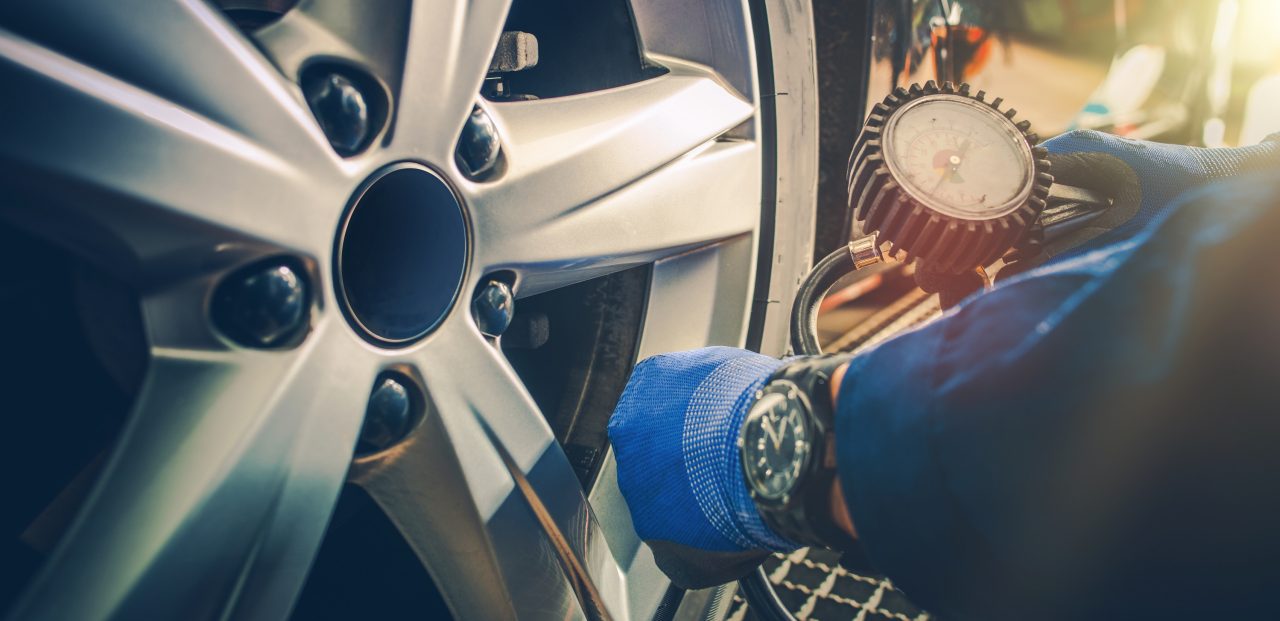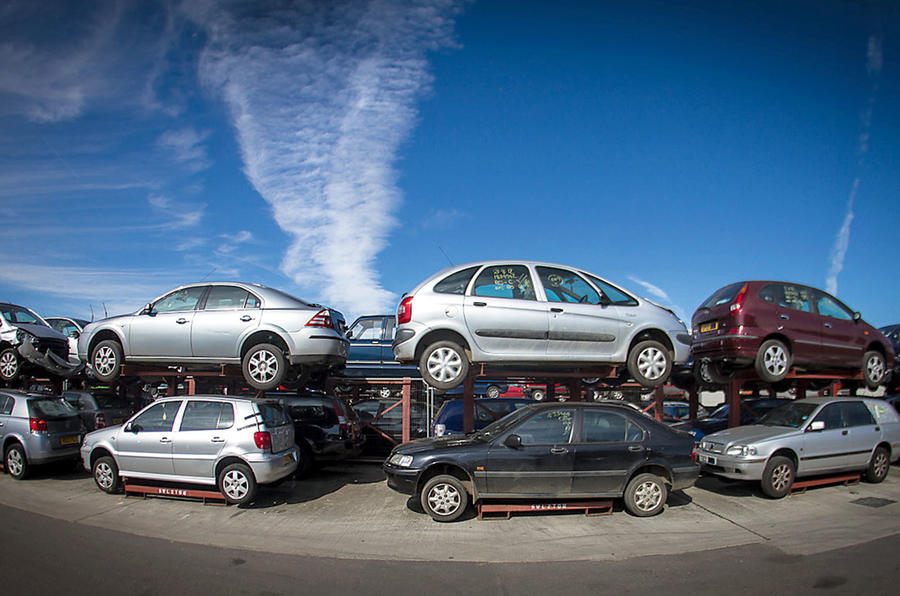The condition of the tyres on a car is vital as they keep the vehicle in contact with the road. Your tyres should have adequate treads and be inflated appropriately while driving. Car wreckers near me in Australia offers the following information on checking your tyres' air pressure.
Firstly, your car tyre pressure should be checked weekly, preferably when your car has been sitting or when you fuel up at the tank. To prevent your tyres, you will need a tyre gauge or be at an air pump with a pressure reader on the pump.
- The stem valve covers are one of the easiest things to lose when checking your tyres' air pressure. To start to check the tyres, you will need to remove the cap from the air valve, which is done by unscrewing the cap in a counterclockwise direction. Once the cap is off, place it somewhere secure, like your pocket.
- Take your tyre gauge and press it onto the open valve stems. There will be a release of air which will make a hissing sound. This is normal.
- Once you have the gauge securely on the valve, read the air pressure gauge. The indicator will have either a digital screen or a dial showing the air pressure level reading.
- Compare the number to your car manufacturer's recommended tyre pressure level. If you are unaware of the recommended air pressure level, check your owner's manual for your car or open the driver's side door and see if the manufacturer has it listed on the sticker inside the door jamb.
- Adjust the air by adding some air or letting some out for an accurate air pressure level.
- Take the cap from the secured place, place it back onto the valve stem, and move to the next tyre to check its air pressure level.
The air pressure level of your tyres is fundamental, and while some experts claim that it should be checked once a month, checking the pressure of your tyres with every fill-up or once a week is wise. Tyres should be checked when they are cold for a more accurate reading. Some situations require the pressure to be checked immediately, including:
- When you've run over a sharp object with the tyre, that may have caused a puncture on the tyre.
- When you hit an object or kerb.
- When the weather quickly changes from hot to cold.
When adding air to your tyres, you want to make sure that you pull the car close enough to the air compressor so that the air hose reaches all the tyres of the vehicle. You mustn't just "add" air, thinking your tyres look underinflated. The tyres' air pressure must be that of the manufacturer's recommendations. Underinflated or overinflated tyres are a hazard to drivers and others on the road.
As with any car, read your owner's manual as it has pertinent information for the vehicle, including service interval schedules, recommended air pressure levels, and troubleshooting for possible issues. It is vital that you are familiar with your car and how to care for the vehicle. Car owners who like to sell their cars can visit for Car removals service. We provide quotes for all types of vehicles for every make and condition. Contact us over the phone or online.


